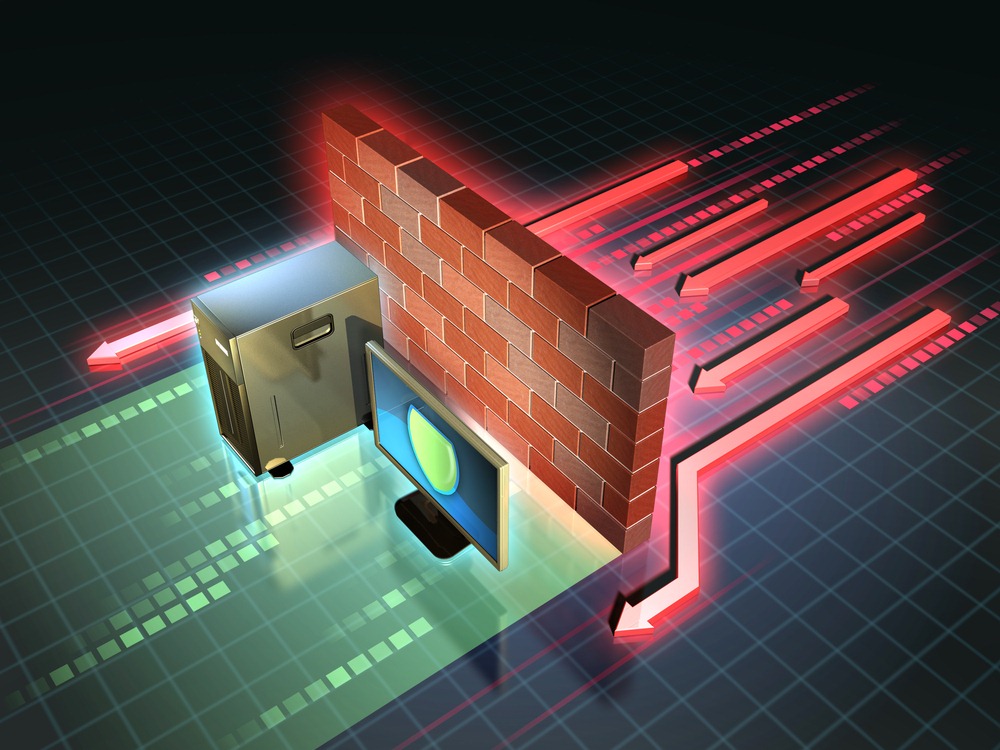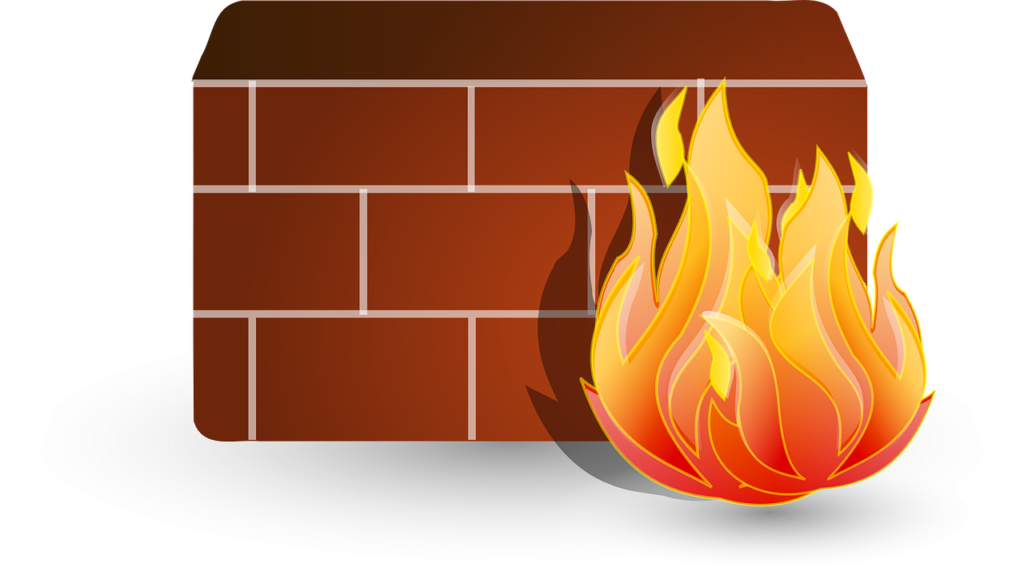In today’s interconnected world, securing your organization’s network is a top priority. One of the most effective ways to protect your systems from unauthorized access and malicious attacks is by deploying a firewall. But how to choose firewall that will bring you complete protection? This guide will walk you through the key factors to consider when selecting a firewall for your organization.
Understanding Firewall Types
There are several types of firewalls available, each with its own strengths and weaknesses. Let’s explore the main categories:
- Packet-filtering Firewalls: These examine packets of data moving between networks and filter them based on predefined rules. They are relatively simple and cost-effective but can be susceptible to certain attacks.
- Stateful Inspection Firewalls: Building upon packet-filtering firewalls, these also maintain information about the state of connections and can better identify unwanted traffic. However, they have a higher processing overhead.
- Proxy Firewalls: Acting as an intermediary between client and server, proxy firewalls inspect data at the application layer and can provide greater security. They may, however, negatively impact network performance due to their resource-intensive nature.
- Next-Generation Firewalls (NGFWs): These combine traditional firewall functions with advanced features such as intrusion prevention, deep packet inspection, and application control. NGFWs offer comprehensive protection but tend to be more expensive than other options.
When evaluating different types of firewalls, it’s essential to weigh their benefits against your organization’s specific needs and budget constraints.

Key Factors to Consider When Choosing a Firewall
Network Throughput
One of the most critical factors to consider is the throughput, or the amount of data that can be processed by the firewall. You’ll want to select a model that can handle your organization’s current network traffic while anticipating future growth. When assessing throughput, keep in mind both the maximum throughput, which represents optimal performance, and the real-world throughput, accounting for additional security features that may impact speed.
Security Features
Not all firewalls are created equal when it comes to the level of security they provide. Consider what additional features are essential for your organization, such as:
- Intrusion Prevention System (IPS): Detects and blocks potential threats before they can cause damage to your network.
- Application Control: Allows you to manage the usage of specific applications and block potentially harmful ones.
- Deep Packet Inspection (DPI): Examines data packets at a granular level to identify malicious content more effectively.
- Antivirus/Anti-malware Protection: Scans traffic for known viruses and malware signatures, preventing their spread within your network.
Beyond these features, you should also evaluate the firewall’s ease of use and management capabilities, ensuring it fits seamlessly with your existing IT infrastructure.
Scalability and Flexibility
Your organization’s needs may change over time, whether through expansion or increased demand. Choose a firewall that can easily scale up or down based on your requirements. This could mean selecting a model with additional capacity or opting for a cloud-based solution that offers more flexibility.
Vendor Support and Reputation
The quality of support provided by the vendor is another crucial factor. A reputable provider should offer timely and responsive assistance, as well as regular updates to address emerging threats. Look for online reviews and testimonials to gauge how satisfied other customers are with a particular firewall’s performance and support.
Budget Considerations
Finally, you’ll need to balance your organization’s security needs against available financial resources. Establishing a clear budget will help guide your decision-making process and ensure that you choose a solution that provides the best value without compromising on essential protections.

A Step-by-Step Guide to Choosing Your Firewall
To make the process of selecting the right firewall more manageable, follow these steps:
- Analyze your network: Assess your existing infrastructure, including devices, applications, and traffic patterns, to determine your specific security requirements.
- Establish a budget: Determine how much you can allocate towards a firewall solution while keeping in mind the cost of additional licenses or subscriptions for advanced features.
- Research vendors and models: Compare different vendors and firewall types based on factors such as throughput, security features, scalability, support, and pricing.
- Evaluate potential solutions: Test firewalls in your network environment to see how they perform under real-world conditions, factoring in ease of use and management capabilities.
- Make an informed decision: Based on your research and evaluations, choose the firewall that best meets your organization’s needs and budget constraints.
Finding the right firewall for your organization may seem like a daunting task, but understanding the different types and key factors to consider will simplify the process. With a robust and dependable firewall in place, you can safeguard your network from threats and ensure the security of your data.











